Day 209
July 28, 2010This is the bark of the Jarrah tree and is the leg of a table we had shipped back from Australia this year. The wood is very durable, even in wet and weathered situations, making it a choice structural material for bridges, wharves, railway sleepers, ship building and telegraph poles.
Felling of Jarrah trees is now forbidden and there is a large amount of reclaimation of the wood. Even in some cases where it has been in the sea supporting jettys for over 100 years.
Day 228
August 16, 2010A 38 mile cycle ride to bag this photo !
There is something strangely iconic about the mining industry in Britain. The Period of decline which led to the strikes and civil unrest experienced during the 1980’s made mining the Industry that symbolized Britain’s industrial decline. The result was the mass closure of pits and works in the years that followed.
In 1922 the shafts were sunk at Clipstone colliery to exploit the top hard seam. In 1950’s the National Coal Board Conducted a series of modernisations deepening the shafts and creating the present day head stocks. Standing at 65 meters they were once the second tallest in the world when they were built. The mine operated until July 2003 when it was decided the remaining reserves were no longer economical.
The following year saw vandalism and demolition remove the offices and shower blocks. But under the protection of a conservation order the headstocks and winding house survived. A recent poll among local residents found in favor of demolition and it is now likely that these impressive structures will be demolished in favor of a business park.
I couldn’t make my mind up which photo to use today so the reserve is here too. I like the picture but it isn’t clear that it’s a mine headstock. Any views?
Day 231
August 19, 2010Anyone for tea?
This derelict caravan is all that is left of an education facility in nearby Whitwell Woods.
The building is now in a sad state. It was used to teach children about this ancient wood which has a great deal of Roman History. Two early encampment sites have been found, elsewhere Roman pottery shards dated from 2nd to 4th centuries A.D. and the medieval ridge and furrow ploughing has left earth banks to the west and south parts of the wood. One large earth bank, known locally as the Kingdom Bank, stretches from the eastern edge to the north escarpment and must have been much higher in the past. It was possibly part of the boundary between the Saxon Kingdom of Mercia and Northumberland.
During World War 1 the demand for timber nearly destroyed the wood. A saw mill and pit were erected near the entrance. Replanting started in the 1920’s


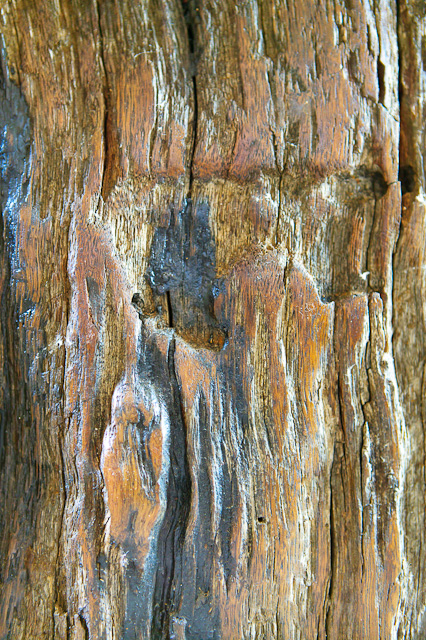
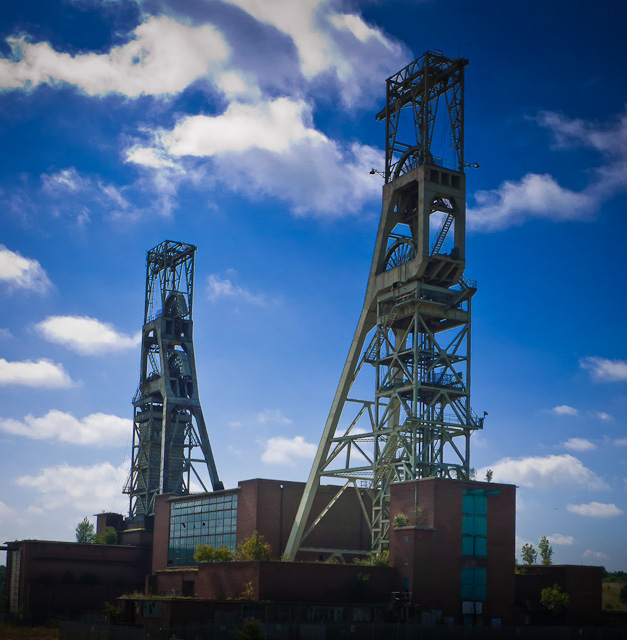
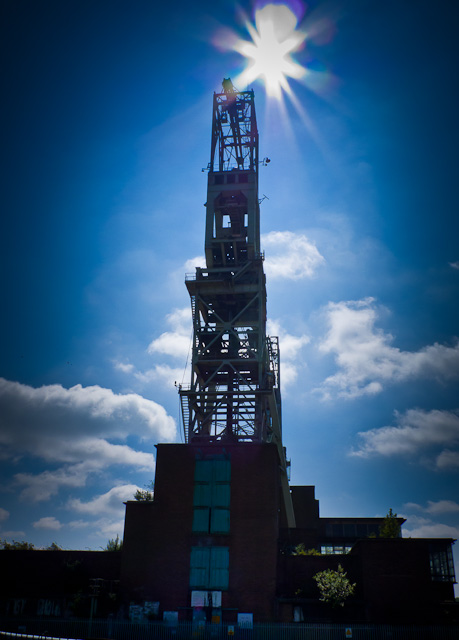
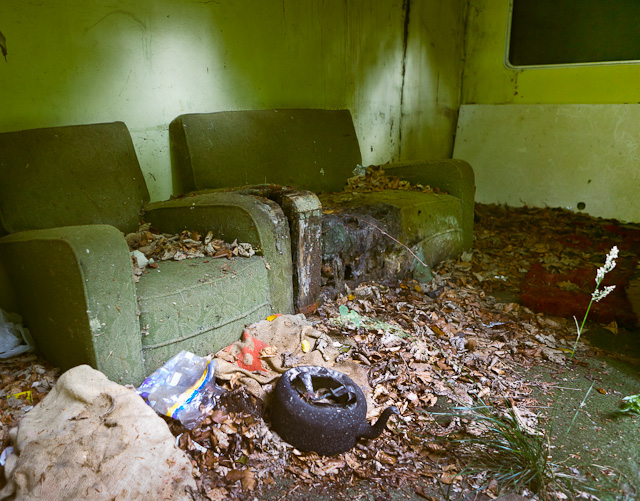

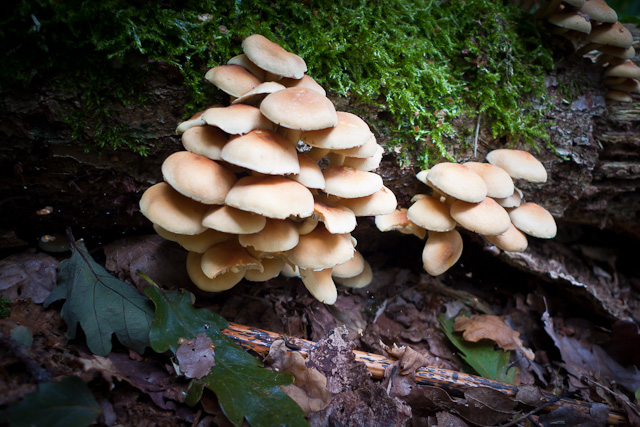
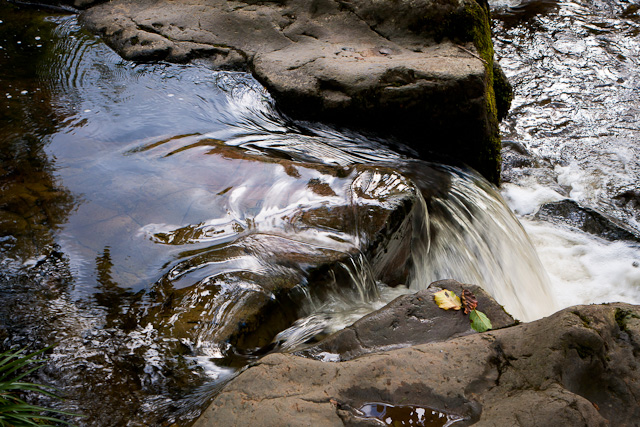

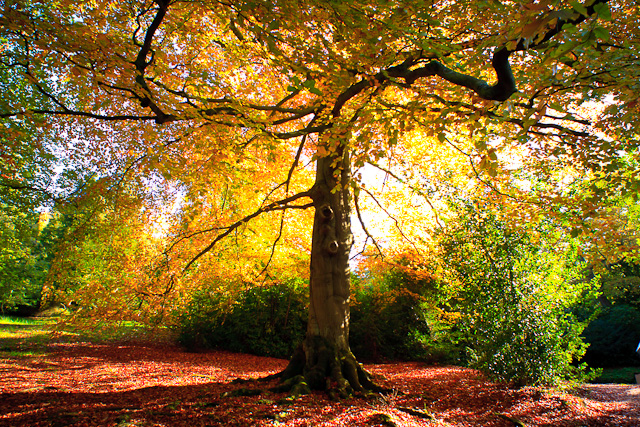



RECENT COMMENTS